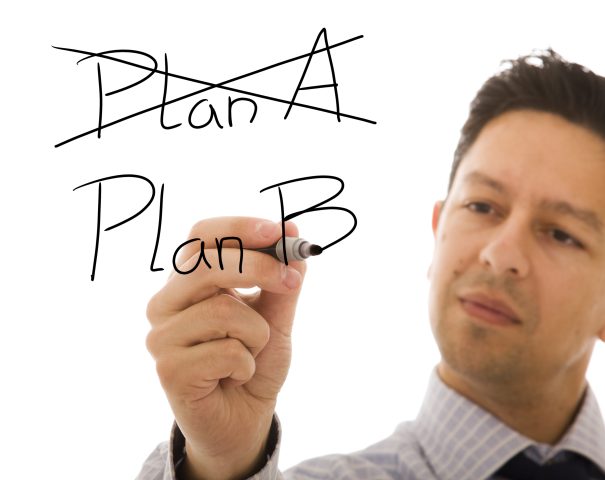Within the current fast-paced world, having the capability to render effective decisions is of utmost importance than ever. Whether in personal life or the business realm, the choices we make can significantly impact the trajectories of our lives. However, as many of us know from experience, decision-making can often be paralyzed by indecision, swamped by options, or clouded by emotions. Grasping the skill of effective decision-making is critical for anyone looking to optimize outcomes and navigate both everyday decisions and complex dilemmas with confidence.
In this piece, we will explore various techniques designed to improving your decision-making skills. Starting with mastering frameworks that streamline the process to understanding the psychology behind great decisions, we will discuss strategies that enable you to enhance your decision-making. Here, you will discover how to analyze options effectively, overcome decision fatigue, and even utilize your intuition when it makes sense. By the end, you will be equipped with valuable tools to help you navigate critical moments with clarity and poise, ensuring that turn tough calls into successful outcomes.
Methods for Effective Decision-Making

One of the key techniques for successful decision making is employing decision-making structures. These models provide structured ways to analyze alternatives thoroughly. Popular structures include the SWOT analysis, which assesses strengths and weaknesses, weaknesses, challenges, and risks, and the decision matrix, which assists contrast multiple alternatives based on particular standards. By leveraging these tools, individuals can define their priorities and simplify the decision making procedure, consequently leading to superior outcomes.
Another vital technique is practicing mindful practices. Mindful awareness urges individuals to be present and attentive, minimizing the clutter of external influences and emotional noise that often cloud decision-making. Regular mindfulness practices can enhance cognitive clarity and promote a calm mental state, allowing for more thoughtful choices. This clarity of thought is especially crucial in stressful situations, where the ability to stay calm can significantly impact the effectiveness of choices taken.
Lastly, developing emotional intelligence plays a vital role in decision making. Being aware of one’s own emotional state and understanding the emotions of those around us can help harmonize instinct and logic. High emotional awareness allows for greater management of emotions, which can often result in worrying about making the poor decision. By embedding self-awareness into the decision-making framework, individuals can approach challenges with greater self-assurance, encouraging a more balanced and thoughtful decision making setting.
It’s the Psychology as well as the Emotional Factors of Decisions
Grasping the psychological aspects behind making decisions is vital for maximizing outcomes. Our decisions are commonly affected by cognitive biases and emotions, which can sometimes improve or impede our capacity to make effective decisions. For instance, the anchoring bias can cause us to depend too heavily on first impressions, while confirmation bias may cause us to overlook evidence that contradict our pre-existing beliefs. Recognizing these biases empowers us to tackle decisions with a more clear perspective and minimize the potential traps associated with poor decision-making.
Feelings play a crucial role in how we decide. While intuition can be a strong influence, intense feelings can cloud judgment and result in rash decisions. It is crucial to develop emotional intelligence, which means understanding our own feelings and those of people around us. By managing emotions effectively, we can create an environment where logical decision processes thrives. Find more information guarantees that we take both reasoned thinking and emotional understanding into consideration when evaluating options.
Additionally, understanding the interplay between psychology and emotion can help us formulate tactics to tackle the fatigue of choices. When confronted by numerous choices, our mental clarity tends to weaken, leading to procrastination or subpar choices. Adopting practices such as being present can boost consciousness and attention, allowing us to move through the processes of decision-making with greater clarity. By recognizing the impact of both psychological influences and emotions, we can foster a more systematic approach to making better choices over time.
Tactical Models for Sound Selections
Effective decision-making often relies on organized frameworks that steer individuals through the challenges of their options. One such model is the DECISION, which represents Define the issue, Set standards, Evaluate the possibilities, Determine the preferred option, Create a plan of action, and Assess the decision. This systematic approach facilitates in segmenting the selection process into digestible components, making sure that all aspects are considered before making a conclusion.
Another powerful strategy is the Strengths-Weaknesses-Opportunities-Threats analysis, which examines the Strengths, Weaknesses, Chances, and Threats related to a decision. By analyzing intrinsic and external factors, individuals can achieve a clearer understanding of their standing and the potential impacts of their options. This method promotes a broad view that encourages well-thought-out decisions, especially in unstable conditions where evaluating risks is crucial.
Employing decision tables can also assist in choosing between various options. This resource facilitates the evaluation of various alternatives against a specific metrics, allowing a visual representation of choices and compromises. By quantifying the benefits and disadvantages of every option, decision-makers can tackle their decisions with higher understanding and conviction, eventually leading to more effective conclusions.
